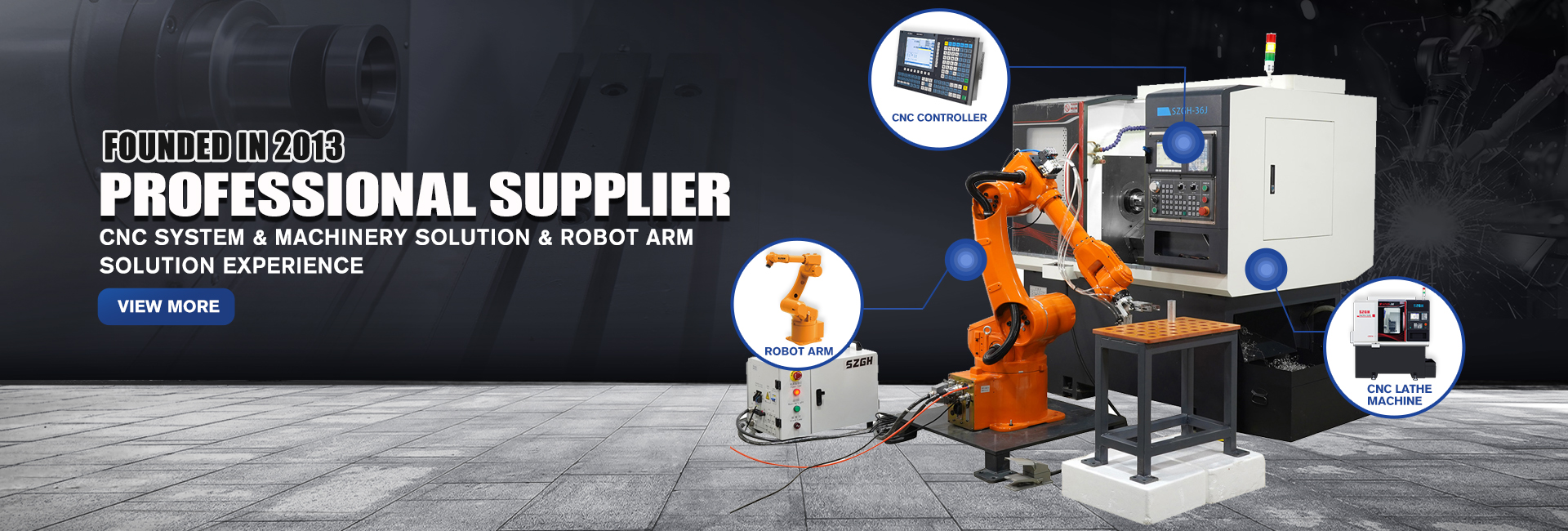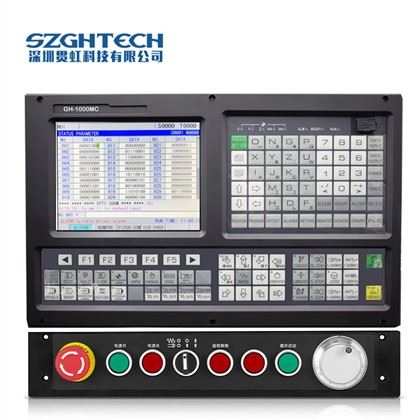Similar Adtech 3 Axis Lathe Controller with 32bits Usb for Mach 3 customize linear guide heavy gantry Machine Turning Controller System
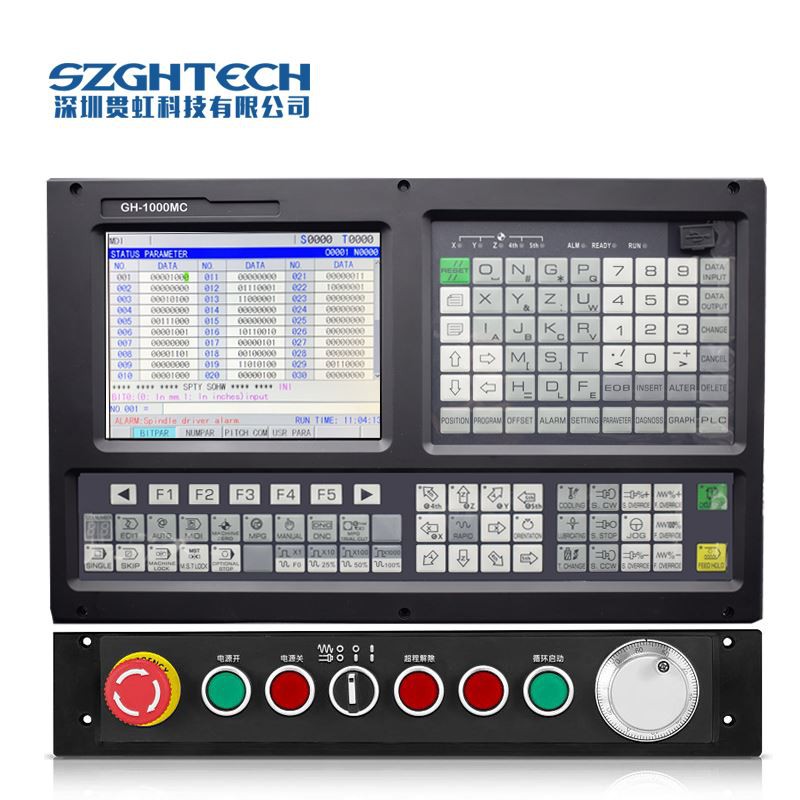
Number of control axes | 3 axes (X, Z, Y) |
Minimum programming | 0.001mm |
Maximum programming | ± 99999.999mm |
Top speed | 30m / min |
Feed speed | 0.001-15m / min |
Manual continuous | One axis or simultaneous multi-axis |
Interpolation method | Straight line, arc, thread interpolation |
Tool offset | Length compensation, nose radius C compensation |
Spindle functions | Gear, dual analog control, rigid tapping |
Handwheel functions | Panel type, plug-in hand-held |
Screen saver function | Screen saver function |
Communication function | RS232, U disk interface |
Compensation function | Knife compensation, between compensation, screw compensation, radius compensation |
Program editing | Male / English, relative / absolute programming |
Limit function | Software limit, hardware limit |
Pre-reading function | Short line preprocessing 10,000 lines |
Password protection | Multi-level password protection |
Input and output | I / O point 24X24 |
PLC programming | The user is free to design PLC function |
Acceleration and deceleration control | Linear acceleration and deceleration, the number of additions and subtractions |
Encoder lines | Any setting |
User macro program | Yes |
Electronic gear functions | Yes |
Number of control axes | 3axes (X, Z, Y) |
Minimum programming | 0.001mm |
Application: CNC Lathe & Turning Machinery and specially automatic equipment
The CNC controller refers to the program control system of the computer numerically controlling the machine tool. Able to logically process programs with control codes or other symbolic instructions, decode them by the computer, so that the machine tool executes the prescribed actions, and the blanks are processed into semi-finished parts through tool cutting, which greatly improves mold processing Productivity
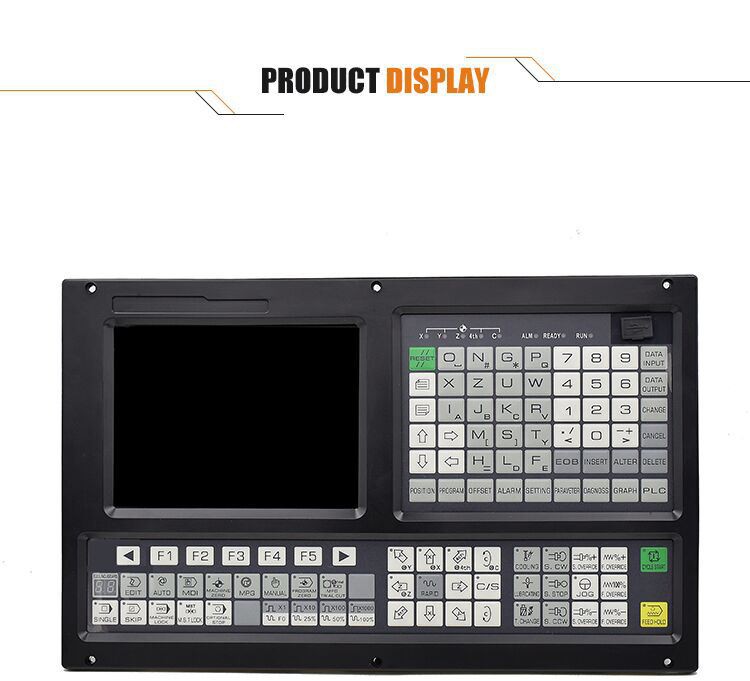

GH always do good product and service to our clients.
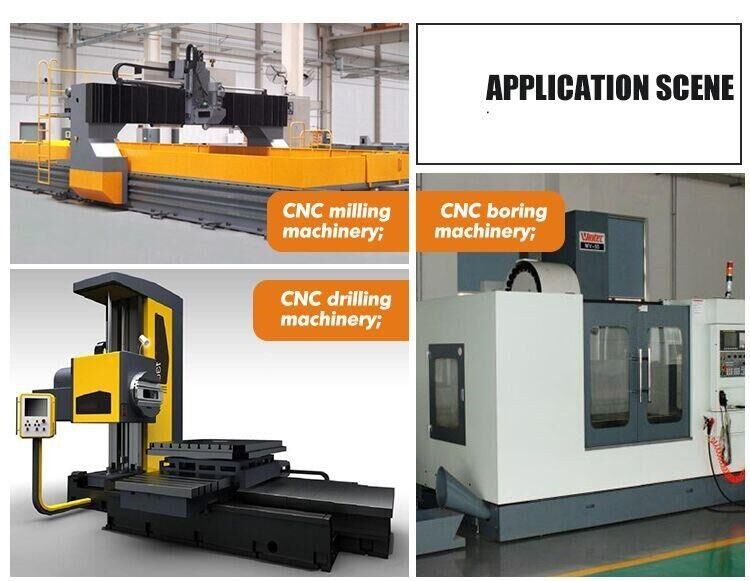
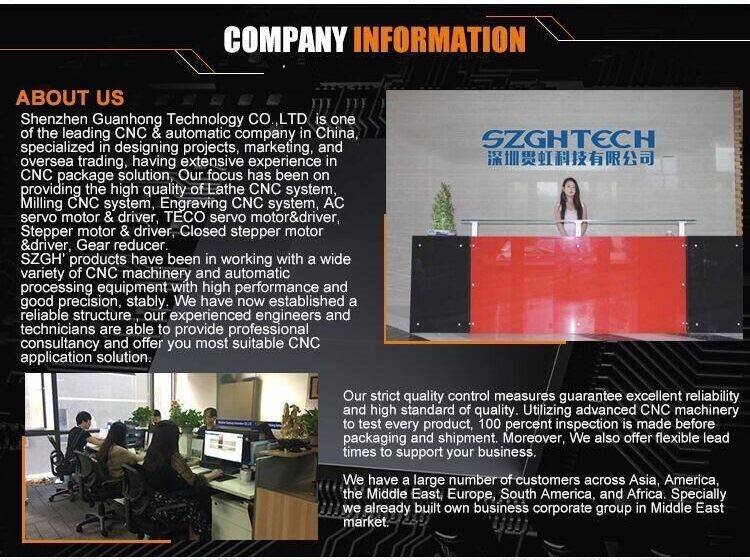
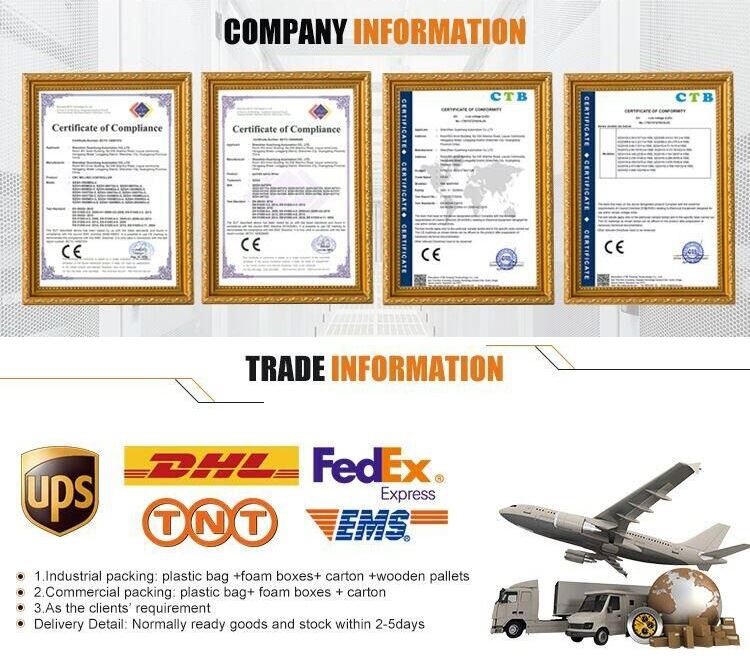
FAQ
Q: Are you trading company or manufacturer?
A: We are professional manufacturer cnc system products. And we trade our products with our clients directly.
Q: Can you do OEM and ODM?
A: Yes, OEM and ODM are both acceptable. The material, color, style can customize, the basic quantity we will advise after we discuss.
Q: Can we use our own logo?
A: Yes, we can print your private logo according to your request.
Q: How many different types of products your company manufactures?
A: Now we have more than 300 products. We have a strong advantage of OEM, just give us the actual products or your idea that you want, we will manufacture for you.
Q: When can I get the price?
A: Usually we quote within 8 hours after we get your inquiry.
Q: What’s your MOQ?
A: If we have the products in stock, it will be no MOQ. If we need to produce, we can discuss the MOQ according to the customer’s exact situation.
Q: How long is your delivery time?
A: The general delivery time is 4-6 days after receiving your order confirmation. , if we have the goods in stock, it will only take 1-2 days.
Q: Do you provide sample? Is it free?
A: If the sample is low value, we will provide the free sample with freight collect. But for some high value samples, we need to collect the sample charge.
If any order pls do not hesitate , we must do good support to you ! come on !

